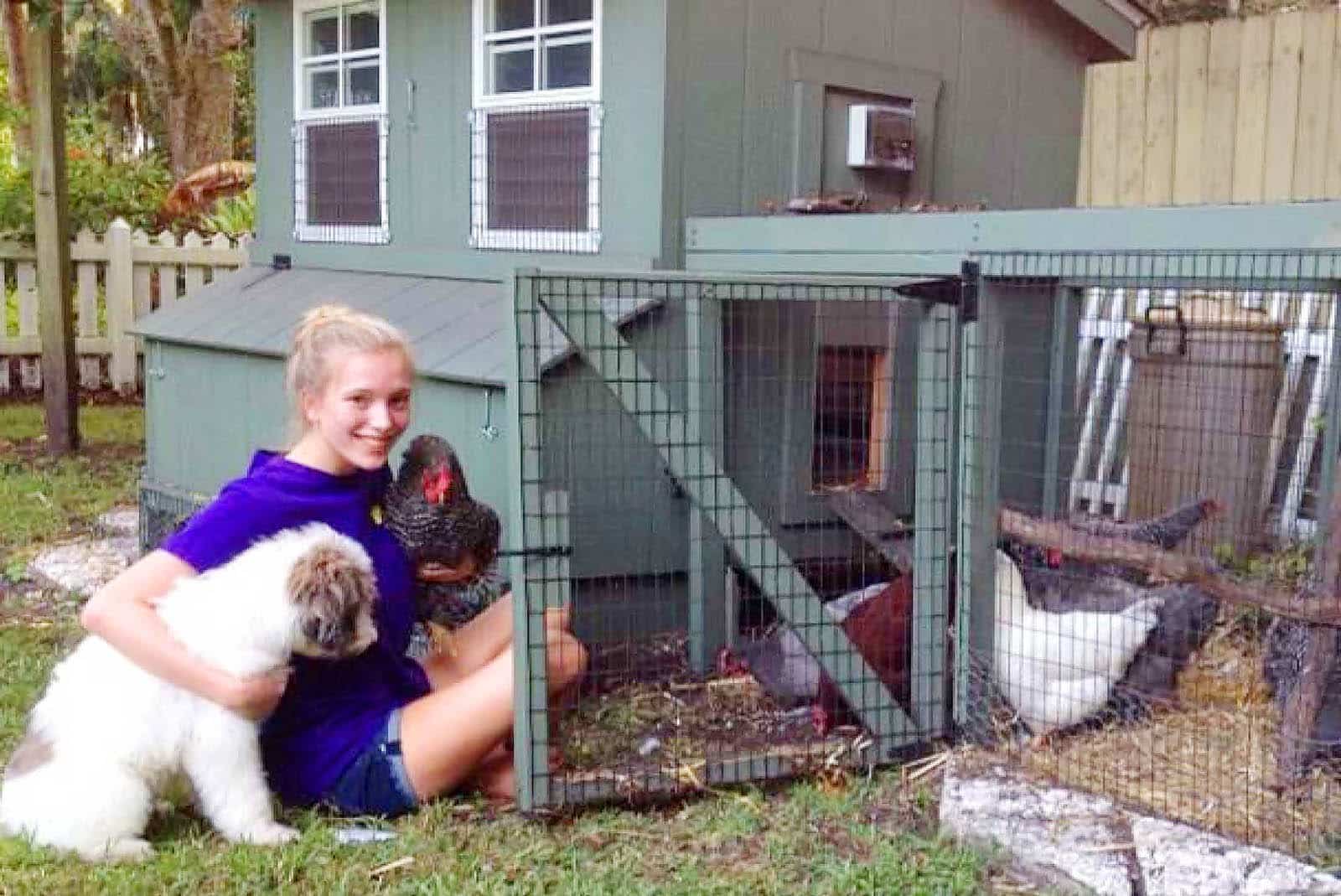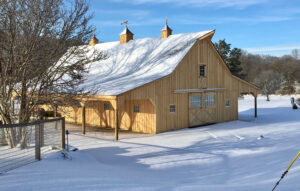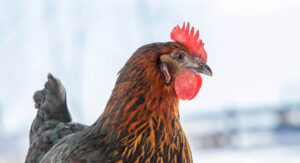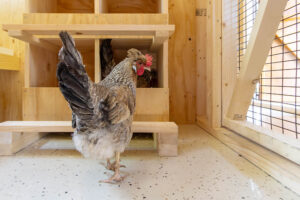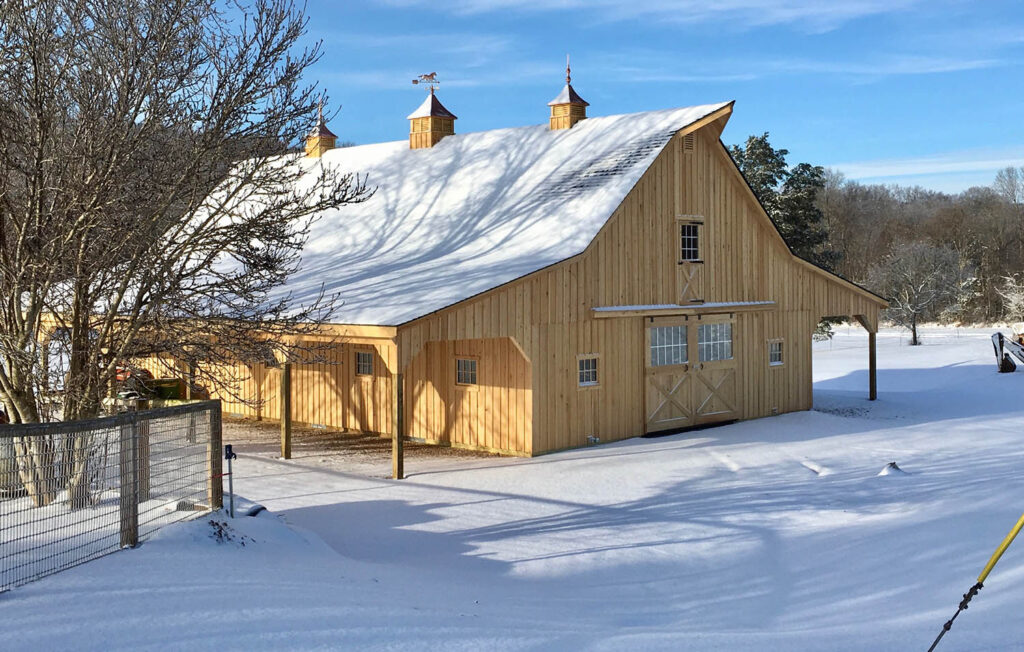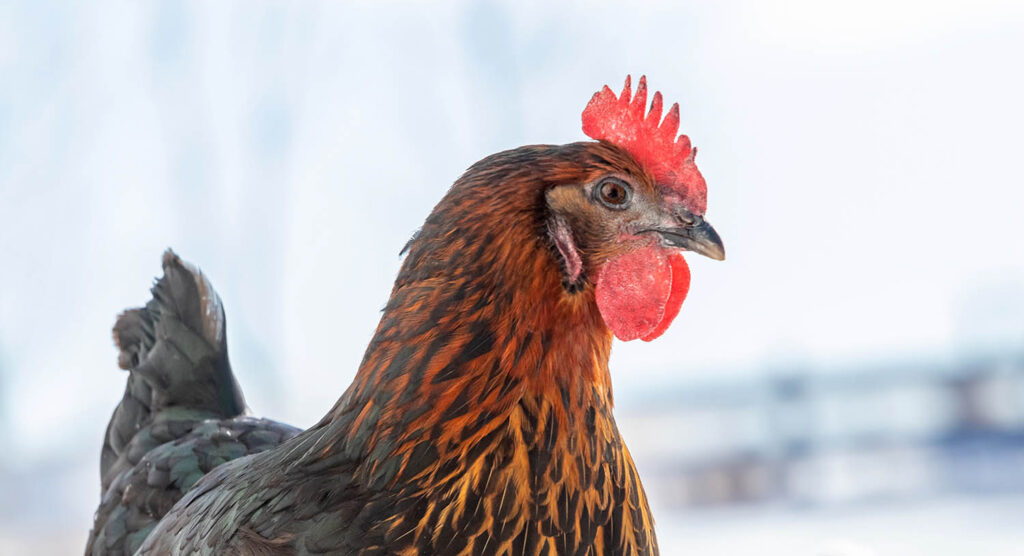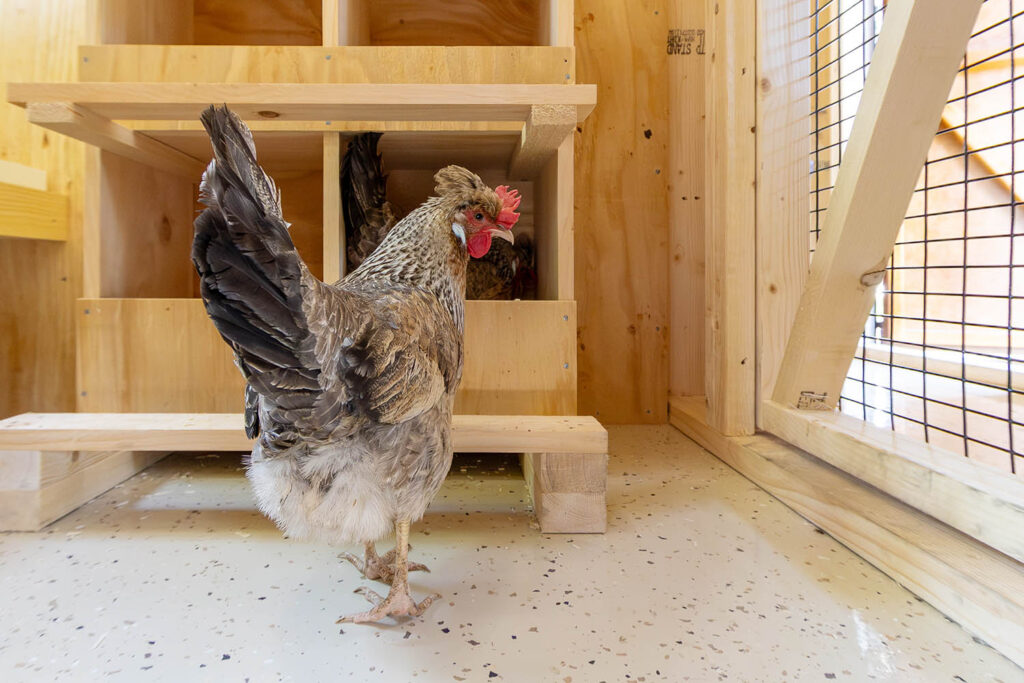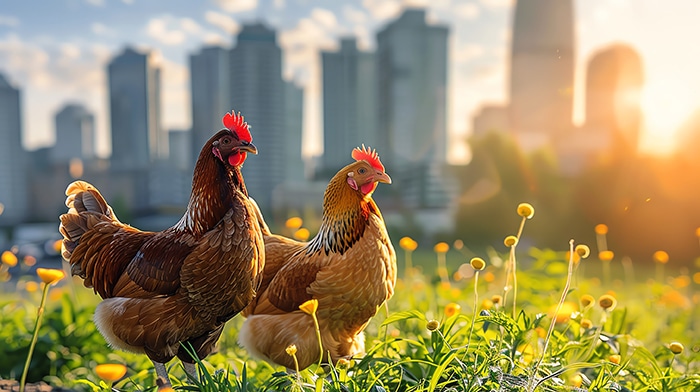
Smart Coop Designs for Small Spaces
Designing a coop for a compact city lot means thinking vertically, multifunctionally, and flexibly. These innovative ideas can help make the most of every square foot:Multi-Level Coops
When yard space is tight, go up. Multi-level “chicken condo” coops use stacked levels for roosts, nesting boxes, and feeders, maximizing vertical space. Even a 3×3 foot footprint can feel spacious with a smart vertical design. Just ensure safe ramps and barriers between levels so hens can navigate without injury.Coop-and-Run Combos
Integrated coop-and-run units combine shelter and outdoor space in one footprint. A common design raises the coop 18–24 inches, letting the chickens use the shaded space beneath as their run. Features like exterior nesting boxes, easy-clean access doors, and lift-up roofs are essential in these compact builds.
Movable Chicken Tractors
For flexible backyards, a chicken tractor—a mobile coop with an attached run—is a great choice. These allow chickens to graze a new patch of lawn every few days, keeping both birds and grass healthier. A typical DIY tractor measures 4×8 feet and can house 3–6 hens. Opt for lightweight materials and secure latches to ensure easy mobility and safety.Additional Space-Saving Tips
- Use Wall and Ceiling Space: Hang feeders or mount shelves to free up the floor.
- Dual-Purpose Features: Add a rooftop herb garden or built-in storage.
- Repurpose Structures: Convert a playhouse, shed, or doghouse.
- Predator-Proofing: Use hardware cloth and secure lightweight coops.
Keeping Chickens Happy in Tight Quarters
Avoid Overcrowding
Respect the minimum space per bird: 2–3 sq ft per chicken indoors, 8–10 sq ft outdoors. For example, three hens need 6–9 sq ft indoors and 24–30 sq ft outdoors.Stay Clean, Stay Neighbor-Friendly
Clean small coops often to avoid odors and health issues. Use sand or pine shavings and odor-neutralizers. One trick: a sandbox under the coop for litter and dust bathing.Ventilation Without Drafts
Install screened roof vents or gable vents to allow airflow while avoiding direct drafts on roosting birds.Provide Enrichment
- Toss scratch grains or dried mealworms
- Hang veggies like a piñata
- Add perches or logs
- Use different coop levels for stimulation
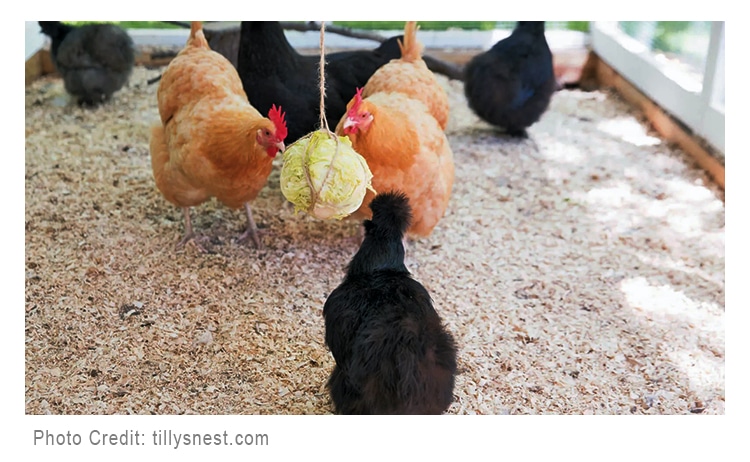
Quiet Flock = Happy Neighbors
Stick to hens only—no roosters. Choose quiet breeds like Orpingtons or Australorps and keep the coop clean to avoid complaints.Consistent Routine and Health Checks
Feed and water daily, secure food at night, and monitor health closely. Supervised outdoor time can help supplement their confined run.Navigating Local Laws and Regulations
Know Your Local Code
City rules vary but commonly limit flock size, ban roosters, and require setbacks. Always check your city’s official website or contact animal control.Permits May Be Required
Some cities need a permit before keeping hens. Fees and inspection requirements vary. NYC doesn’t require permits; others may charge up to $600.Respect Hen Limits
Plan flock size based on ordinance. Start small. Example: Seattle allows 8 hens; Portland, 3–4; NYC, unlimited hens but no roosters.Watch for HOA or Lease Restrictions
Check HOA rules or lease agreements. These can override city permission and lead to fines or removal if violated.Be a Good Neighbor
Talk to neighbors before getting chickens. Keep the coop attractive, clean, quiet, and odor-free. Share eggs to build goodwill.Understand the Risks
Violations may lead to inspections or orders to reduce flock size. Most cities are becoming more chicken-friendly, but compliance is key.Final Thoughts
Urban chickens are completely doable with thoughtful planning. From smart coop designs to respectful neighbor relations, small flocks can thrive even in city settings.